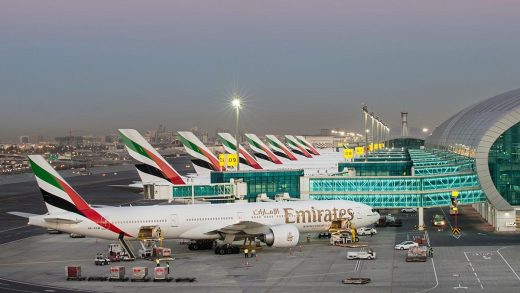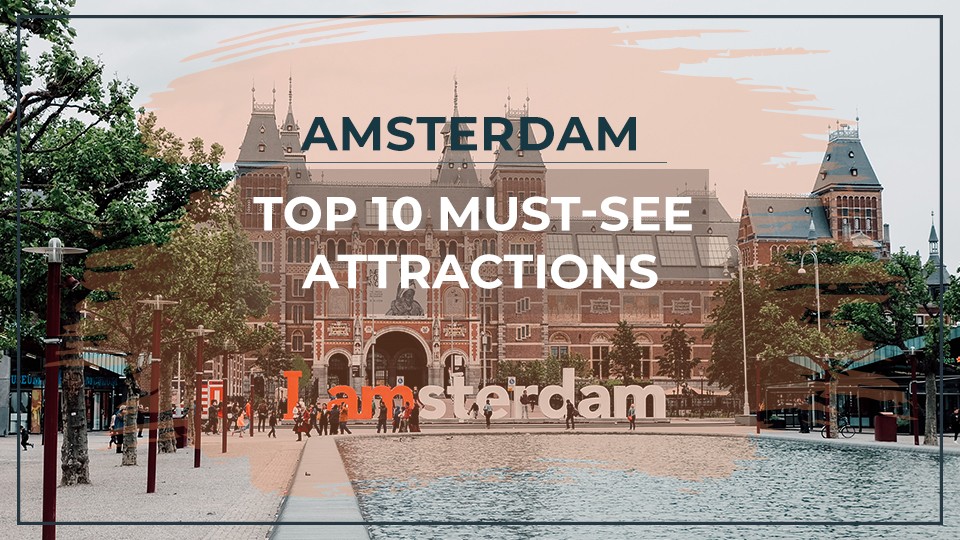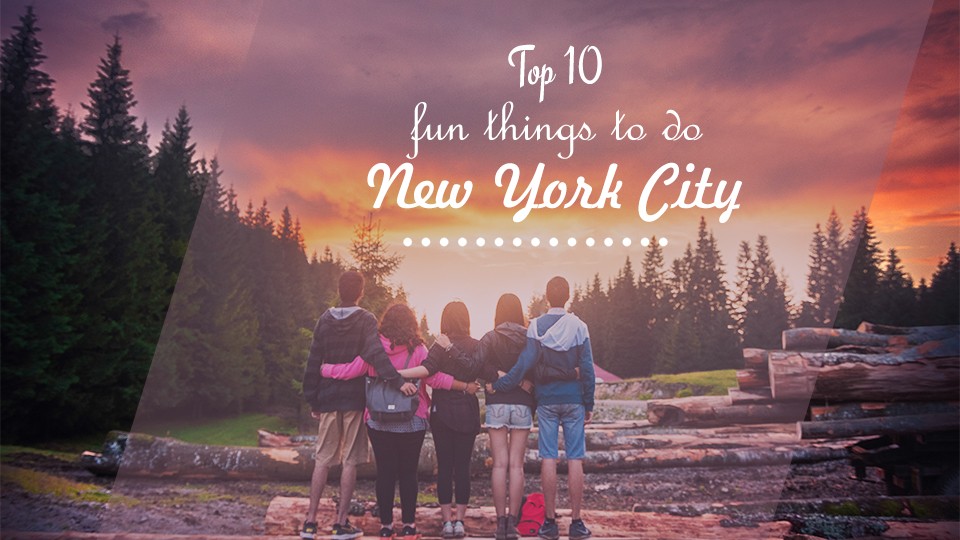Jordan is a land of contrasts, with both warm and cool weather. Jordan is about 85 percent desert, but this one plain word covers a multitude of scenes from the dramatic red sands and towering cliffs of the far south to the vast stony plains of volcanic basalt in the east. Jordan’s center is carpeted with tranquil fields of wheat, cut through by expansive canyons and bordered by arid, craggy mountains. Jordan has some amazingly diverse landscapes that are worth exploring!
Jordan is a beautiful place where ancient civilizations have left their mark. The country’s diverse landscape, culture, and relaxed pace make it an enjoyable destination for travelers of all ages. It has something to offer everyone with its bustling cities that give way to vast desert landscapes where you can take a camel safari as well as spend some downtime on the beach.
Amman, Jordan’s capital city and where most of its population lives. The bustling metropolis is full of sites like the Roman Theatre where you can see a play or concert while taking your kids on an educational field trip. You’ll find many cultural museums as well as shops that offer handicrafts and souvenirs. Ammanites are proud of their diverse culture, which includes Ammonite, Roman, Arab, and Islamic influences. They also take pride in being at the crossroads of three continents: Asia to the south, Europe to the north, and Africa to the east. Ammanites are happy to welcome visitors, and Amman makes a great base for touring Jordan. Visitors love Amman’s “blue city” nickname because the color blue dominates the skyline as opposed to concrete buildings that typically dominate other cities in this region of Asia. Visitors also enjoy exploring Ammonite sites like Amman’s Ammonite Wall, a remnant of Amman’s past.
Now if you are willing to book your tickets, quickly hop on over to omio.com and thank us later! Omio offers more than 1,000 trusted travel partners across trains/buses flights ferries airport transfers so that we can focus on the journey with its customer’s needs in mind- which means they’ll save money too!
The best part is when booking through omio not only will it be easy as pie (or perhaps something like peanut butter?) but there’s no risk involved thanks to their low fares guarantee; meaning nothing should anything go wrong during travels, simply get back in touch using any one of many contact methods available 24/7, if needed.
Places to visit
The Dead Sea – The Dead Sea is the lowest point on Earth and one of the saltiest bodies of water in the world. The Dead Sea’s high salinity prevents bacteria from living here, which makes it a perfect place for people to experience a natural spa treatment. It is also home to therapeutic mud that can be used for healing purposes or just as a relaxing spa treatment. You’ll find plenty of hotels where you can stay and enjoy views overlooking the city below while taking in the sea’s salty air.
Petra – Home of one of the world’s most famous historical landmarks, The Treasury — a carved rock canyon where you’ll find King Solomon’s ancient temple that was built around 600 BC. It is also an important trading city as evidenced by its location on the historic spice routes where you’ll find tombs and temples. Petra, the ancient city carved into the rose-colored rock, was once home to wealthy traders and prosperous merchants who traded with Persia, Rome, India, and China – now it stands as one of the most magnificent archaeological sites in the world history. Petra, a UNESCO World Heritage Site, was named for the vernacular word meaning “rock” in Arabic and Syriac. Its history spans over two thousand years of occupation – influencing regional powers from Assyrian to Roman empires with its trade routes that linked east to west.
Jerash and the north theatre – Jerash was once one of the grandest cities in the Roman Empire but now it’s an archaeological site that has lost its original splendor to time and war. Jerash was built at a strategic point where three major trade routes intersected: the Jerash-Aqaba, Jerash-Bethlehem, and Jerash-Damascus roads. The north theatre in Jerash is the largest of all theatres built by the Romans outside Rome. It was constructed on a hillside sloping down to an artificial river that played a major part in its design. There are three sections: the auditorium, cavea, and stage. Jerash had a population of 200,000 people at its peak in the second century AD but Jerash contains many ruins that date all the way back to 700 BC because it was continuously inhabited for over three millennia.
The King’s Highway – The Jordan River Valley is the cradle of civilization. The valley, also known as The King’s Highway was home to many ancient civilizations and now it is a thriving region with a diverse mix of people living alongside each other in peace. The site where Jesus Christ taught his disciples for forty days after rising from death continues to be an attraction that draws many visitors. The ancient city of Petra is a UNESCO World Heritage Site, and it has been inhabited for thousands of years with people from all walks of life living together in harmony.
Dive in Aqaba – The city of Aqaba is one the most popular tourist destinations in Jordan. It is located on the Red Sea, where it serves as a natural port for trade and tourism to Israel and Egypt. The old town has been preserved with its Ottoman period mansions; many are being renovated into hotels or restaurants. The coast has been called the ‘Arabian Riviera’ because its palm tree-lined coastline stretches along saltwater lagoons. Pristine waters are perfect for diving or snorkeling.
The Citadel – An ancient fortress that now houses one of the most well-known museums in Jordan, the Citadel has been occupied for more than two millenniums.
Al Balqa’a – Home to a popular lake and some of the most spectacular natural landscapes in Amman, this region offers opportunities for hiking and camping amid breathtaking views.
Sweimeh – The ancient Nabatean city’s ruins are surrounded by date palms and olive trees in one of Jordan’s most picturesque oases.
Wadi Rum – Visitors can see petroglyphs that go back to more than 3000 years as they explore the “Valley of Wonders.”
Wadi Mujib and Jordan – Wadi Mujib is a valley located in the Southern part of Jordan. It was formed by water from an underground lake that seeped out due to volcanic activity, creating a place with diverse plant life and an abundance of wildlife including ibexes, wild boars, hyenas, and gazelles. Wadi Mujib has been inhabited for centuries by various tribes who have adapted to the harsh climate with innovative architecture that utilizes natural resources like water, wind, and sun exposure.
Jordan is best visited between April and September when the weather is best. Omio changes its price based on the season as well, grab the best deals now!
The best time of year to visit Jordan also depends on what you’re interested in doing while visiting, as some activities are only available during certain months. For example, Petra can be very hot and crowded in July but it’s much easier to explore from October through March when it’s cooler.
Language: The official language in Jordan is Arabic.
Religion: Muslims make up about 90% of the population.
Currency: Jordanian Dinar. One US dollar equals about 0.71 JOD (Jordanian dinar)
















